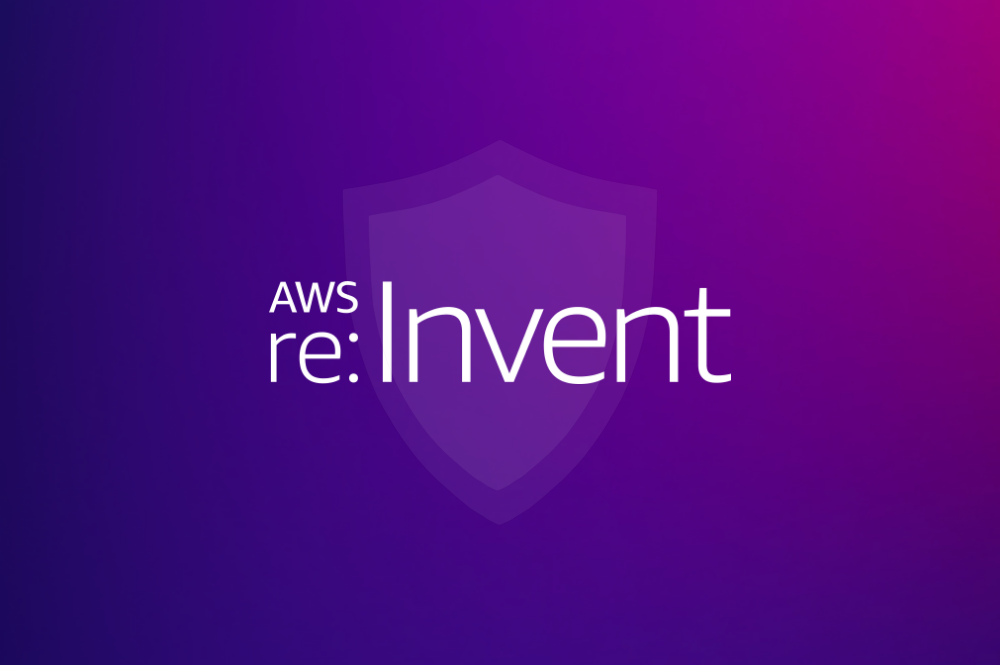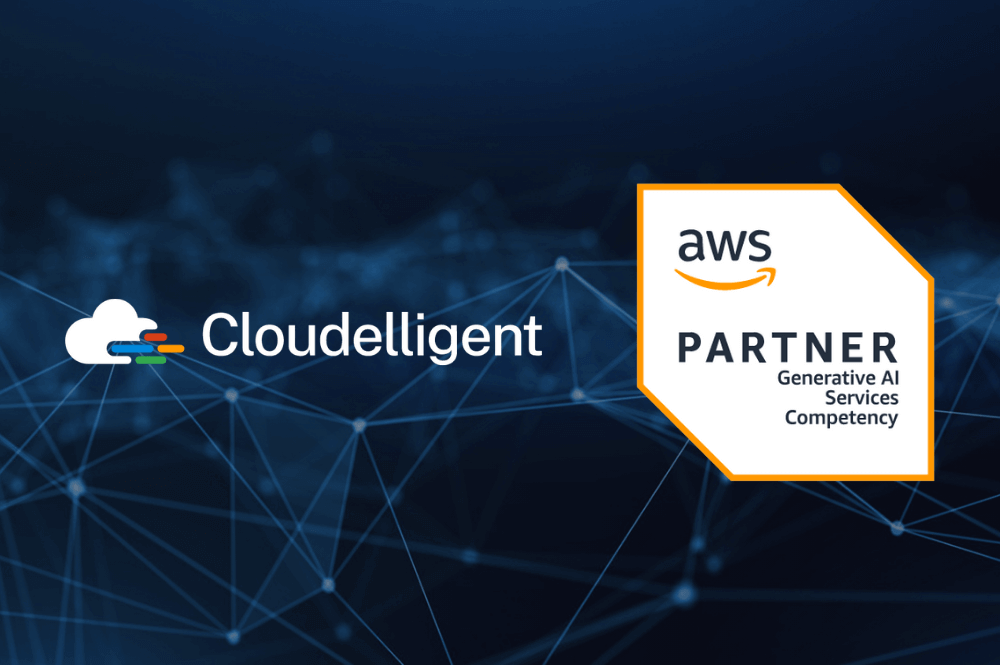You’re leading an AI project that’s finally coming together. The models are trained, the infrastructure is solid, and the pilot results look promising. Then, just as you start to scale, progress slows down. Integrations fail, systems stop syncing, and the agents you’ve built begin operating in isolation.
It’s a pattern that’s more common than most teams realize. According to research from McKinsey, it’s one of the reasons why more than 80 percent of AI projects never make it past the pilot phase.
Most AI systems built in isolated silos speak their own language, use different APIs, and follow their own internal logic. Without a common communication layer, these systems can’t easily share context or coordinate actions. This creates a collection of intelligent models that work well on their own but struggle to collaborate effectively.
This is where open protocols like Model Context Protocol (MCP) and frameworks such as Strands Agents begin to make a difference. They introduce a shared language and architecture that allow agents to work together seamlessly instead of functioning as disconnected parts of a larger system.
In this blog, we’ll explore what happens when AI agents stop working in isolation and start communicating through shared protocols that bring collective intelligence to life.
What Happens When AI Agents Work in Isolation
AI was meant to connect multiple systems and make them smarter. But in many cases, capable agents end up isolated, struggling to work together effectively. The isolation creates hidden inefficiencies and missed opportunities, leaving teams with powerful tools that never fully realize their potential.
So, what stops even advanced multi-agent systems from working together smoothly?
- No Common Communication Layer: Each agent is built on its own framework, API, or SDK. Without a standardized protocol, developers end up writing endless custom integrations to make them “talk,” turning what should be automation into maintenance chaos.
- Context Loss Between Interactions: When one agent hands off a task to another, the shared understanding of context such as user intent or previous actions can disappear. This forces every agent to start from scratch instead of building on prior reasoning.
- Identity and Access Management Challenges: Each system treats authentication and authorization differently. Sharing user identity or permissions between agents can be risky and error-prone, particularly in environments with sensitive data.
- Glue Code Everywhere: Developers spend more time writing scripts, connectors, and wrappers than actual logic. Each integration adds potential for another point of failure and makes scaling or updating the system a technical nightmare.
- No Collective Intelligence: When agents cannot share context or goals, they fail to reason as a network. The result is not a team of intelligent collaborators but a set of isolated bots working in parallel, duplicating effort and missing opportunities for synergy.
Over time, these gaps grow wider, making the system harder to scale, slower to maintain, and less reliable overall. In the end, intelligence is still there, but it’s scattered across systems that can’t see the bigger picture. That’s why we need a bridge to bring them together, and open protocols such as MCP are finally making that possible.
How MCP Creates a Common Language for AI Agent Collaboration
Now that we’ve seen how siloed agents struggle to work together, the next step is giving them a shared way to communicate. MCP acts as that common language, connecting AI models, tools, and agents so they can exchange information reliably and collaborate on complex workflows.
Here’s a quick look at how MCP turns complex multi-agent workflows into practical solutions:
- Predictable Communication: Agents exchange structured messages (like JSON schemas) that clearly define what’s being asked, what context is available, and how responses should be formatted.
- Shared Reasoning Context: Context windows and intermediate reasoning steps flow between multiple agents, which allows them to contribute to the same workflow without losing continuity.
- Security and Identity Propagation: Tokens and user identities are securely passed along to make sure downstream agents know who initiated a task and what permissions apply.
- Extensibility and Modularity: MCP is open and model-agnostic, so new agents, tools, or models can be added without rewriting your core logic. This helps you keep the system flexible and scalable.
For a deeper look at how MCP works and its real-world applications, check out Part 1 and Part 2 of our MCP blog series.
Why Strands Agents Are Key to Operationalizing MCP Standards
The next step is turning that language into real, collaborative workflows. And Strands Agents is the final piece to this puzzle. This open-source SDK lets you create AI agents in just a few lines of code while embedding MCP interoperability from day one.
Strands Agents simplifies the creation of connected AI agents in several crucial ways:
- Simplified Multi-Agent Collaboration: Coordination logic is built in, allowing agents to share context, manage dependencies, and align on shared goals. This makes multi-agent workflows run smoothly without the need for manual wiring.
- Seamless MCP Integration: Agents register tools, discover one another, and share context automatically. This built-in compatibility ensures smooth communication and consistent collaboration across your system.
- Model-Driven Design: Define what your agent should do, and Strands handles the rest. Lifecycle management, context sharing, and communication are automated, so you can focus on results, not setup.
- Plug-and-Play with Major LLMs: Strands supports Claude, GPT, and open-source models out of the box. Models can be swapped or combined without code changes, keeping your workflows flexible as technology evolves.
With Strands Agents, what once took weeks to wire together can now be built in minutes. Combined with MCP, it lets developers create a network of intelligent agents that are predictable, secure, and ready to deliver real-world impact.
Since we’re on the topic of building smarter agents, check out how Strands Agents use LLM reasoning to streamline multi-step workflows in our blog: The Next Leap in Agentic AI: How Strands Agents Use LLM Reasoning to Drive Action.
Building a Successful AI System with MCP and Strands Agents
By pairing MCP’s standardized communication with Strands Agents’ ease of development, we can build multi-agent systems that are both robust and collaborative from the outset.
To illustrate, we’ll set up an agent that analyzes Cloudelligent’s Managed Cloud Services customer use cases to identify opportunities for Generative AI adoption. The agent then delivers a prioritized list of customers who could gain the most from these emerging technologies. Let’s break down how the workflow actually plays out.
For this example, we’ll start with a basic architecture where a REST API exposes access to a Customer Success Agent which connects to a Customer Insight Agent:

Figure 1: MCP Implementation Workflow
Here’s how the workflow comes together in practice:
1. Expose Customer Data via an MCP Server
First, we expose our Managed Cloud Services customer data through an MCP server. This server defines tools for querying customer profiles, business case information, and infrastructure details. Our agent can access this data securely, ensuring consistent formatting and context tracking. This setup removes repetitive work and allows all agents to work with a single, reliable source of truth.
2. Create the Customer Insights Agent
Next, we use Strands Agents to build the Customer Insights Agent. This agent connects to the MCP server, pulls customer data, interprets business cases, and identifies opportunities for Generative AI adoption. Strands manages orchestration, so the agent can focus on reasoning and multi-step analysis instead of plumbing or integration.
3. Integrate an LLM for Multi-Turn Reasoning
To analyze and prioritize opportunities, the Customer Insights Agent leverages an LLM (in our case Amazon Bedrock). Using multi-turn inference, the agent loops through customer records, evaluates infrastructure readiness, and identifies which customers would benefit most from our Generative AI solutions. The LLM handles complex reasoning across multiple steps while the agent manages calls to MCP tools and ensures context continuity.
4. Coordinate Operations with the Customer Success Agent
The Customer Success Agent acts as the main orchestrator. Exposed via a REST API, it calls the Customer Insights Agent and could coordinate additional agents, for example, one analyzing cost structures or compliance readiness for our customers. MCP ensures seamless inter-agent communication, context sharing, and identity verification without extra glue code.
5. Expose Agents as MCP Servers for Inter-Agent Communication
To enable full agent collaboration, we wrap the Customer Insights Agent in an MCP server. Other agents, including the Customer Success Agent, can then use it as a tool. This allows multi-agent workflows where agents communicate naturally, pass intermediate results, and maintain security and identity automatically.
6. Deploy the System on AWS
Finally, we deploy the AI system on AWS. The MCP servers and agents can run on serverless platforms like AWS Lambda or containerized services such as AWS Fargate or Amazon Elastic Container Service (ECS). A load balancer exposes the Customer Success Agent API as shown in the following diagram:

Figure 2: Running MCP and Strands Agents on AWS
The Result?
Here’s where the final piece of the puzzle locks in, and the true impact of MCP and Strands Agents comes to light. Cloudelligent teams can ask, “Which Managed Cloud Services customers are ready for Generative AI adoption?” and instantly get a prioritized list like the one below:
“Here are the Managed Cloud Service customers that could benefit most from Generative AI or Agentic technology:
1. AI Fintech Company: By adopting Amazon Bedrock, the company could turn complex financial data into real-time trading insights powered by natural language queries. Amazon ECS and Amazon Kinesis Data Streams could handle live market feeds, while Amazon Timestream and Amazon Athena could uncover trends from historical data in seconds.
2. Global Nonprofit: Amazon Bedrock could help automate contract review by detecting clauses, validating compliance, and summarizing key points across languages. Amazon Comprehend could identify document types and critical terms, while Amazon Translate could remove language barriers and speed up cross-border collaboration.
3. Global Technology Company: Using Amazon SageMaker, the organization could anticipate customer churn and tailor retention strategies with precision. Amazon Bedrock could support deeper decision-making through contextual AI insights, while Amazon Q in QuickSight could visualize those outcomes in clear, interactive dashboards.
4. Legal Tech Company: With Amazon Bedrock, the company could power intelligent search and quick document analysis for legal teams. Amazon OpenSearch Service could surface the right results instantly, and Amazon S3 could safeguard all files, ensuring faster, more reliable customer support.
If you need more detailed information about any of these customers or their specific workflows, please let me know!” Key Benefits for Developers
While powering smarter business workflows, MCP and Strands Agents make life easier for developers with practical, time-saving advantages.
- Modular, Reusable Agents: Every agent works as a self-contained building block that can be reused across projects or repurposed for new workflows. You can easily plug them into different systems without rewriting logic, saving both time and effort.
- Easier Debugging: Since each agent has clear boundaries and communicates through predictable message formats, it’s easier to trace where things go wrong. You can isolate and fix issues faster instead of digging through tangled integration layers.
- Serverless-Ready Deployments: Strands Agents are lightweight and flexible, so you can deploy them on AWS Lambda, AWS Fargate, Amazon ECS, or other serverless environments with ease. This approach scales automatically, cuts down on maintenance, and keeps costs predictable.
- Security and Identity Control: With MCP managing authentication and identity propagation, agents always know who’s making a request and what permissions apply. You don’t have to manually handle credentials or worry about unauthorized access as security is built in from the start.
Turn Your AI Struggles into Measurable Business Outcomes with Cloudelligent
At Cloudelligent, we know the difference between AI that looks smart and AI that actually drives results. By combining MCP’s standardized communication with Strands Agents’ practical, developer-friendly workflows, we help businesses transform isolated models into intelligent, collaborative systems.
Our approach isn’t just technical, it’s outcome-driven. We focus on building Agentic AI solutions that scale securely, share context seamlessly, and deliver tangible business impact. With our experts by your side, your teams can move from pilot projects to production-ready AI systems faster and without the usual complexity.
Ready to transform your AI experiments into real-world results? Book a FREE AI/ML Assessment with our experts today! We’ll help you design, deploy, and scale AI systems that collaborate seamlessly and drive measurable impact for your business.










